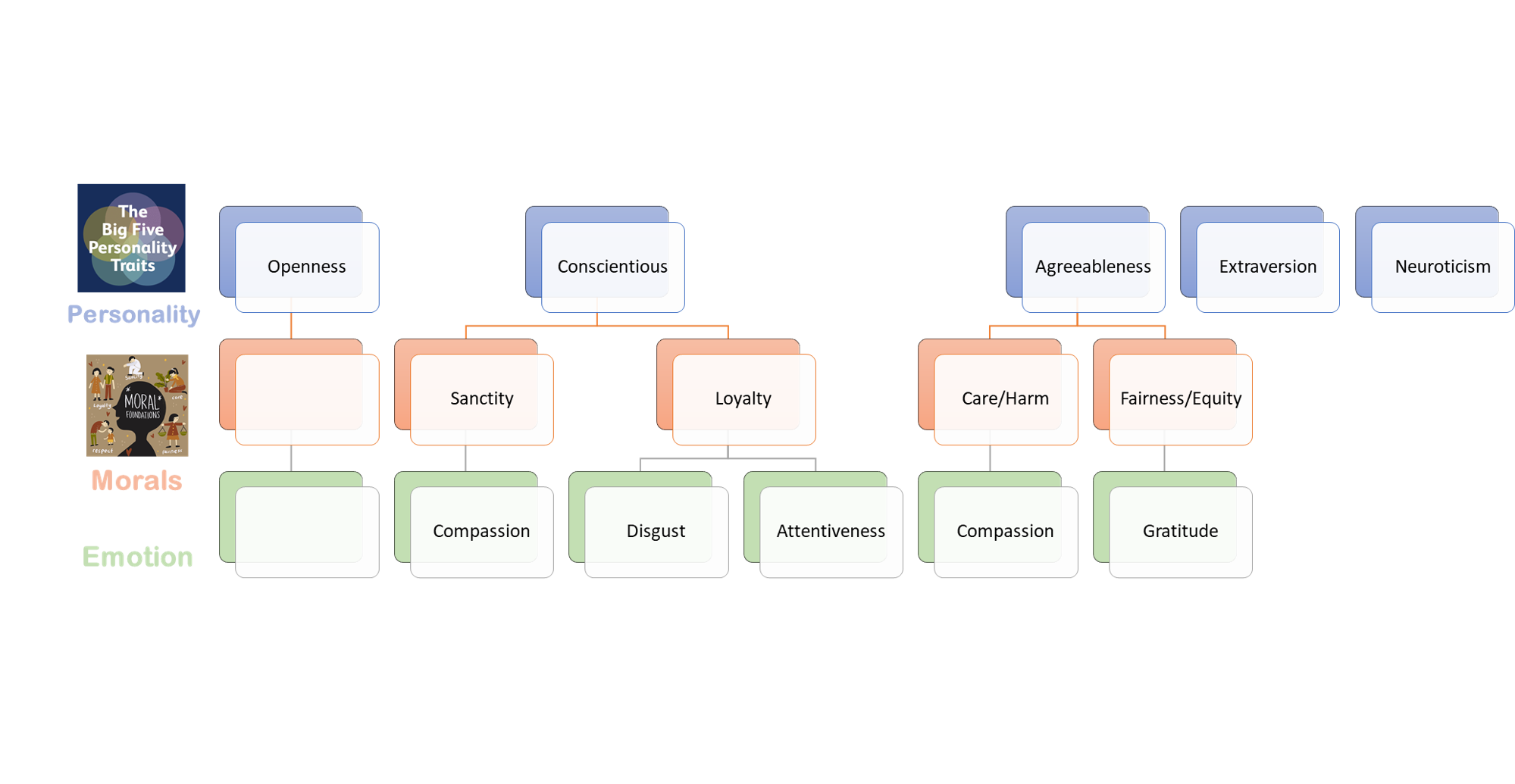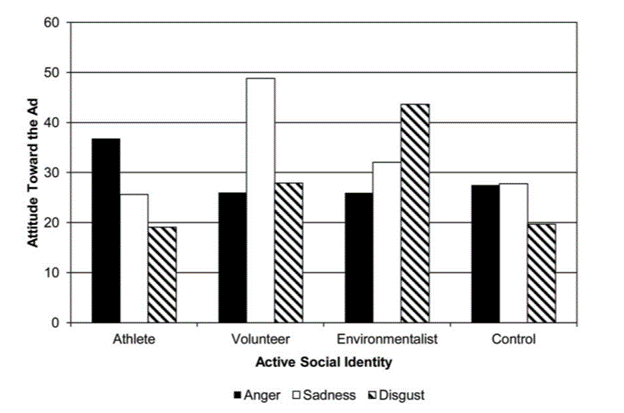Emotion is a Rock
Geologists have lots of words for rocks. Linguists have lots of words for speech sounds. And those living in Arctic regions have lots of words for snowy and icy weather.
For geologists and linguists, it’s their raison d’être and those living most of their lives in the cold need a more precise way to understand their surroundings.
Why then does the vague, generic “emotion” term survive in our fundraising profession? It’s about as useful as ‘rock’ in providing direction for your appeal.
Our rock friends have 3 major groups of rock classification – Igeneous, Sedimentary and Metamorphic and many subgroups within each. Geologists also have a systematic process to communicate the essential features of rocks in their writing.
They even have a name for their very detailed, systematic rock identification process, petrography. We need petrography for emotions.
Here’s the rough draft we’ve developed at DonorVoice; we’ll call it Emotography.
Definition: Emotion is a complex reaction to a stimulus – e.g. physical event, social interaction, remembering or imagining an event, talking about a past experience. It’s automatic, we don’t have to think about it for an emotion to wash over us.
Classification: There’s general agreement that emotions are universal – anger, surprise, disgust, enjoyment, fear and sadness. Some will argue for adding or subtracting one…fine.
How Emotion Works in Fundraising:
- Emotion does not cause behavior. Make them sad (or happy) and they’ll give. Nope, emotion is the goal not the cause. I don’t give because you make me sad, I give because I think it will make me feel not sad.
- Optimistic messaging works best in the long-term. As we’ve noted before, this doesn’t mean you can’t invoke sadness or anger as a starting point. Just don’t make it the ending point. Our formula for storytelling is a redemptive arc – bad sh$% happening> charity/donor intervention> positive, agentive change for donor and beneficiary.
- There are lots of ways – direct and indirect – to show the donor that giving is the best way to go from negative emotion (angry or sad) to feeling happy or competent or prideful. Lots of testing should be done here. Hardly any is.
The Taxonomy of Emotion in Fundraising
- There is a taxonomy to the giving decision that makes (or should make) choosing the emotion to invoke a paint-by-numbers exercise. Paint-by-numbers isn’t meant to minimize the import, it’s to argue emotion choosing shouldn’t be random or happenstance.
- The decision on what Emotion to chose is (or should be) determined by:
-
- The Moral Frame used by the donor (there are Five Moral Frames) which is determined by;
- The Personality of the donor. Is the donor group more Conscientious or Agreeable?
- The Charity Brand associations – is the charity brand a care/harm brand (e.g. Red Cross) or an equity/fairness brand (e.g. ACLU, Amnesty)?
- The Moral Frame used by the donor (there are Five Moral Frames) which is determined by;
Here is a partial visualization of our Taxonomy. Rather than constrain creative thinking it guides it. It’s like bowling with bumpers so we avoid the gutter balls of subjective, random testing or worse, treating Emotion as a Rock. One new avenue of research is asking whether the Donor’s Identity belongs in the Taxonomy as another determinative factor in choosing which specific emotion to try and elicit. For example, is an Activist Identity hard-wired to anger compared to a Globalist predisposed to sadness?
One new avenue of research is asking whether the Donor’s Identity belongs in the Taxonomy as another determinative factor in choosing which specific emotion to try and elicit. For example, is an Activist Identity hard-wired to anger compared to a Globalist predisposed to sadness?
This research is, at a minimum, thought-provoking. We’re undecided on the merits but the novel and theory-based evidence makes it worth testing.

The pre-study was to see if certain identities had different emotional profiles. It unearthed what people perceive to be the most useful emotion for each Identities.
The second phase recruited new participants from each Identity (and a control) and showed them 3 ads, each invoking one of the three emotions from the pre-study. The height of the bar is ad effectiveness for each Identity and ad emotion. It perfectly matches the pre-study and the emotional profile by Identity.
Use disgust (as starting emotion, not an ending one) over sadness or anger for environmentalists. Maybe. If it makes it into the Taxonomy it’s just one more bumper and one less gutterball.

Kevin



While a long-time reader, I do not find your articles easy to ingest. Having just read Grist’s “skip the jargon” article, I suggest that if the Agitator wants to reach out to marketers, you think about simplifying your language. This paragraph is as applicable to marketing as it is to climate change: “There’s a big mismatch between what scientists, journalists, and activists are saying and what the public understands. This is hardly a new problem, but it’s yet another obstacle to getting people to care about climate change: Obscure words in articles about rising sea levels and supercharged weather could discourage people from wanting to learn more about a planetary crisis.” https://grist.org/climate/want-people-to-care-about-climate-change-skip-the-jargon/.